
The Pomeranian, named after the province of Pomerania, Germany where its larger
ancestors came from, is popular for its tiny and fluffy appearance. It was
made popular in the Western world by Queen Victoria, who took then 30-pound
Pomeranians to dog shows in the late 19th century and started a kennel that
eventually developed smaller dogs. These days, the average Pomeranian seen
in shows is about 4 to 5 pounds. The Pomeranian’s feathery coat and arched
tail makes it quite an attractive show dog. The thick collar and a natural
upward gaze also contribute to its overall elegant look.
Life Expectancy:
13-16 years
Energy Level:
Moderately high; feisty & bouncy
Living Conditions:
Ideal for an apartment. Not an outdoor dog.
Barking:
Higher than average.
Exercise Needs:
Minimal, mostly indoors.
Breed Group:
Toy
Size:
Small
Height:
7 to 12 inches
Weight:
3 to 7 pounds
Standard Hair Colors:
Black, brown, white, red, orange, cream, blue, or a combination of white and
another color.
National breed club:
American Pomeranian Club
Delightfully tiny, the Pomeranian’s primary functions have always been as a companion and favored show dog. The breed’s inherent showmanship also makes it a good performer of tricks, and its alertness makes it a handy watchdog. The breed can also do well in agility.
Quite an intelligent breed, the Pomeranian is very bouncy, eager to learn, and devoted to its owner. The Pom enjoys parading and displaying its talent. It may need consistent training to control excessive barking, and will need proper introduction to other pets to get along. The breed tends to be quite a fighter, as it might attack considerably larger dogs. Its owner also needs to be firm and consistent, or the Pom will behave as if it is its own boss. Older, more considerate children may be able to manage this feisty dog.
Though the Pomeranian is quite an energetic breed, its exercise needs are easily met due to its size. This breed can do without access to a yard, as it tends to be quite active indoors, though it enjoys long walks.
The Pomeranian is an ideal apartment dog, as it is not recommended for living outdoors due to its size and despite moderate tolerance to heat and cold. Sharing space with its family is best for this breed.
The Pomeranian’s profuse coat is quite easy to maintain, though one needs to make time for it. It needs combing two times a week, and more frequently when it sheds.
Some problems to look out for are dislocated kneecaps, eye ailments, and heart and skin diseases. Pomeranians tend to have difficult births, as some females may need to be operated on to save its puppies. The breed also has a need for frequent teeth cleaning, or has to be fed dry food to prevent tooth loss.
Those who like the Pomeranian’s compact appearance, but live in a warmer
environment, might also like the even smaller Chihuahua. This breed tends to
be a devoted pet, as well as an enjoyable travel companion.
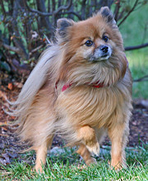
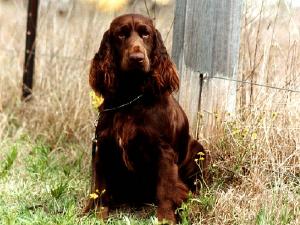 Field Spaniel
Field Spaniel
Field Spaniel
Field Spaniel
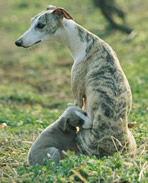 Whippets: A guide to dogs and puppies of the Whippet breed
The Whippet!
A Whippet is a petite, graceful dog that resem
Whippets: A guide to dogs and puppies of the Whippet breed
The Whippet!
A Whippet is a petite, graceful dog that resem
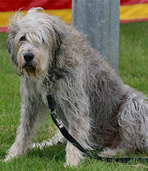 Otterhounds: A guide to dogs and puppies of the Otterhound breed
The Otterhound!
The Otterhound is an old British breed, wit
Otterhounds: A guide to dogs and puppies of the Otterhound breed
The Otterhound!
The Otterhound is an old British breed, wit
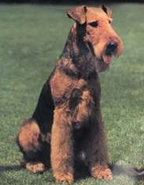 Airedale Terriers: A guide to dogs and puppies of the Airedale Terrier breed
The Airedale Terrier!
The Airedale is the largest in the te
Airedale Terriers: A guide to dogs and puppies of the Airedale Terrier breed
The Airedale Terrier!
The Airedale is the largest in the te
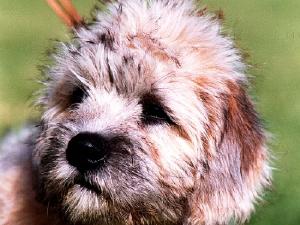 Dandie Dinmont Terrier
Dandie Dinmont
Dandie Dinmont Terrier
Dandie Dinmont
Copyright © 2005-2016 Pet Information All Rights Reserved
Contact us: www162date@outlook.com